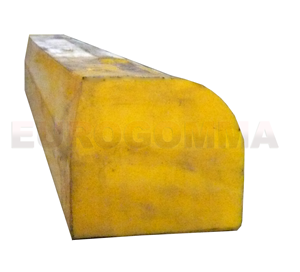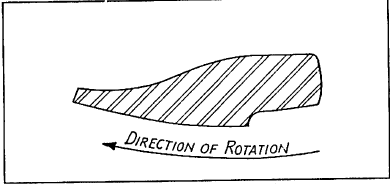
Mill Liner Choices as Per The Options That You Need
Installing replaceable liners in a mill is not just a matter of protecting the outer hull, both the design of the lining and the materials used in its construction play a critical role in the performance of the mill. If the correct material and proper lifting design are used, the mill will effectively grind. Conversely, a poor choice can lead to poor grinding, excess energy used, and high maintenance costs for the coating. Go for the ball mill liners and have the best solutions there.
In addition, the liner segments help to remove the pulp from the discharge end of the mill, acting more as a slurry pump than as a lifting mechanism for the mill body contents, including rock and grinding media. The difference between a mill designed to operate in overflow mode or with a grate and pulp lifters is also important in this context since the work imposed on the liner is not the same.

Characteristics of the Product
Although the physical characteristics of the mineral are being ground, such as its abrasiveness and the distribution of the mineral within the rock, have a major influence on the choice of the ore for the lining, other factors also come into play. For example, the rotational speed of the mill, and consequently the relationship between gravity and centrifugal forces acting on the rock particles and the grinding media has a significant effect. The load inside a mill operating at 90% of its critical rotational speed will behave differently than in one operating at 75%, in which gravity has a greater influence. The paths of the grinding media and the rock particles will be different, as will the possibility that the grinding balls impact directly on the coating instead of the pulp, so what could have been a correct choice of material Coating less than one set of conditions may well be inappropriate if operating conditions change.
Coating Materials: The Options
In their contribution to the selection and design of coatings in the 2006 SME publication, Advances in Commination, Professor Malcolm Powell and his co-authors provided a brief summary of current material options for mill coating components. The choice, they indicated, is mainly between different alloys of iron and steel, and elastomer linings based on both synthetic and natural rubbers.
They indicated that austenitic manganese steel and chrome-molybdenum steels have been materials of choice for SAG and ball mill liners, even though the trend has been towards the use of higher carbon chromium-molybdenum steel for SAG mills. For ball mills, the most durable alloys are now high chromium irons and chrome-molybdenum white irons, which exhibit greater abrasion resistance than any other coating material developed so far.
In a presentation at the 9th Mill Operators Conference in 2007, Dr. David Royston of Royston Process Technology said, “Chrome-molybdenum alloy steel combines high impact resistance with good durability, and is still the predominant material in the construction of SAG mill linings. White iron remains the material of choice for highly abrasive wear zones without impact.
An interesting innovation is a bimetal liner that uses a white iron insert that can increase service life in low impact and abrasion prone locations such as topcoats. In addition, the application of ‘Poly-met’ type metal-faced rubber products, with designs resistant to ball impact damage, is increasing in mills.
